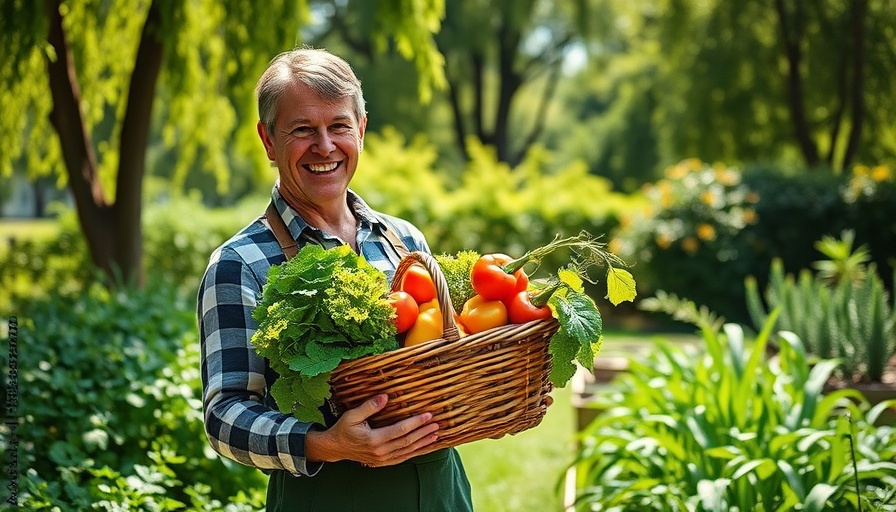
The Hidden Gem: An Overview of Purslane
Purslane, often dismissed as a mere garden invader, holds a dual identity as a nutritional powerhouse. Both praised and derided, this summer annual packs a punch with its omega-3 fatty acids, making it a valuable addition to any diet. Whether you view it as a weed or a superfood, one thing is certain: its long-standing history of use showcases its importance across various cultures.
Nutritional Benefits That Might Surprise You
Did you know that purslane contains more omega-3 fatty acids than any other leafy green? It also boasts high levels of Vitamins A, C, and E, along with essential minerals like calcium and potassium. Additionally, new studies suggest it may have antidepressant and neuroprotective benefits, challenging the perception of this humble plant.
Purslane in Culinary Delights
When it comes to flavor, purslane is surprisingly versatile. It can be enjoyed raw, complementing salads and sandwiches with its succulent crunch. Cooking it adds depth, whether in hearty vegetable curries or paired with meat dishes. Each preparation reflects its unique flavor profile and offers a fresh twist on familiar recipes.
From the Past to the Present: A Cultural Perspective
Purslane's significance spans centuries and cultures. Once lauded by the Romans and cherished during the Black Death for its purported health benefits, the plant embodies a rich history. In contemporary settings, its once-low price tag has increased, leading many to rethink its value not just as a food source but as a wellness staple. The concept of price influencing perception—$20 for a quarter pound—raises questions about how we value nutrition and health.
Garden Connection: Is Purslane a Friend or Foe?
For many gardeners, purslane is a familiar sight, often mistaken for an unwanted weed. But as interest in sustainable gardening grows, many are re-evaluating their stance. Instead of uprooting this nutrient-dense plant, why not cultivate a patch and allow it the space to thrive? Embracing purslane can transform how we approach garden aesthetics and nutrition.
Future Trends: Purslane’s Role in Home Gardening
As the quest for healthier eating habits continues, pursue the trend of integrating more homegrown superfoods like purslane. Not only does it require minimal care, but it's also a resilient plant, thriving in various conditions. By growing purslane, home gardeners can reduce reliance on store-bought greens, both saving money and fostering self-sufficiency.
As health-conscious consumers search for nutrient-rich foods, pursuing the cultivation of purslane can not only enrich personal diets but also celebrate agricultural heritage. Homeowners embracing this plant's benefits can drive sustainable living trends, fostering a connection between nutrition and eco-consciousness.
The next time you consider weeding out purslane, ask yourself: Could this plant become a staple on my dinner plate instead? Take a step towards healthier living by incorporating purslane into your meals; it might just be the missing ingredient you didn't know you needed.
 Add Row
Add Row  Add
Add 




Write A Comment